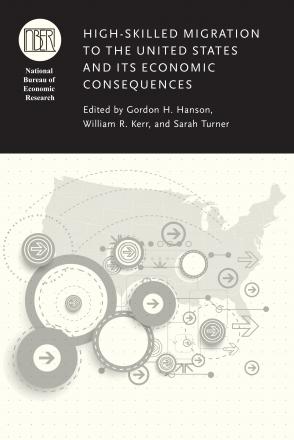The Innovation Activities of Multinational Enterprises and the Demand for Skilled-Worker, Nonimmigrant Visas

Cutting edge R&D requires highly differentiated skilled labor. The H-1B and L-1 visa programs exist in part to allow US firms access to such skilled foreign labor but have been accused of hurting US workers. This chapter provides an analysis of the role of these programs in encouraging US R&D and in affecting opportunities for skilled US citizens. We develop a model in which firms source differentiated labor globally. In their sourcing, multinational firms have an advantage relative to nonmultinationals because they can procure foreign talent at low cost in the countries in which they own affiliates. This advantage results in higher R&D intensity of firms with greater multinational reach. We also show that if worker talent is sufficiently differentiated across countries, these programs increase the demand for US skilled labor. Turning to firm-level data on visa usage, we show empirically that US multinationals use skilled worker visas more intensively than non-multinationals and that the country pattern of this sourcing is highly correlated with the location of US foreign affiliates abroad. Our results suggest that multinationals have an advantage relative to non-multinationals in sourcing foreign talent and that this contributes to their advantage in developing new technologies.
-
-
Copy CitationStephen Ross Yeaple, High-Skilled Migration to the United States and Its Economic Consequences (University of Chicago Press, 2017), https://www.nber.org/books-and-chapters/high-skilled-migration-united-states-and-its-economic-consequences/innovation-activities-multinational-enterprises-and-demand-skilled-worker-nonimmigrant-visas.Download Citation


